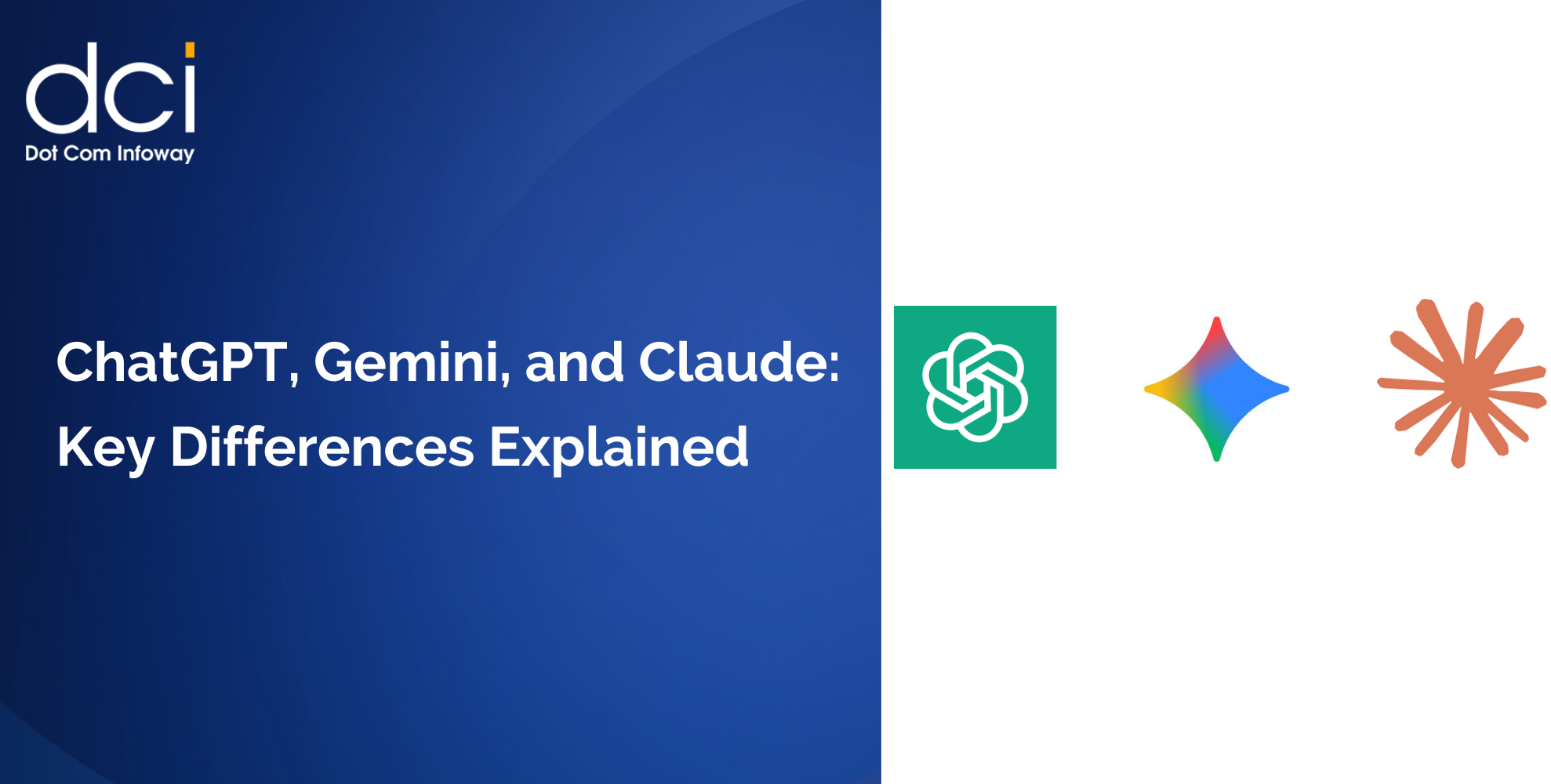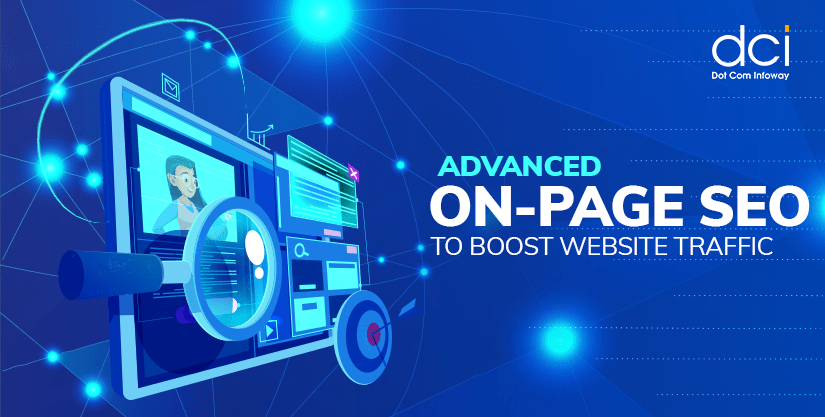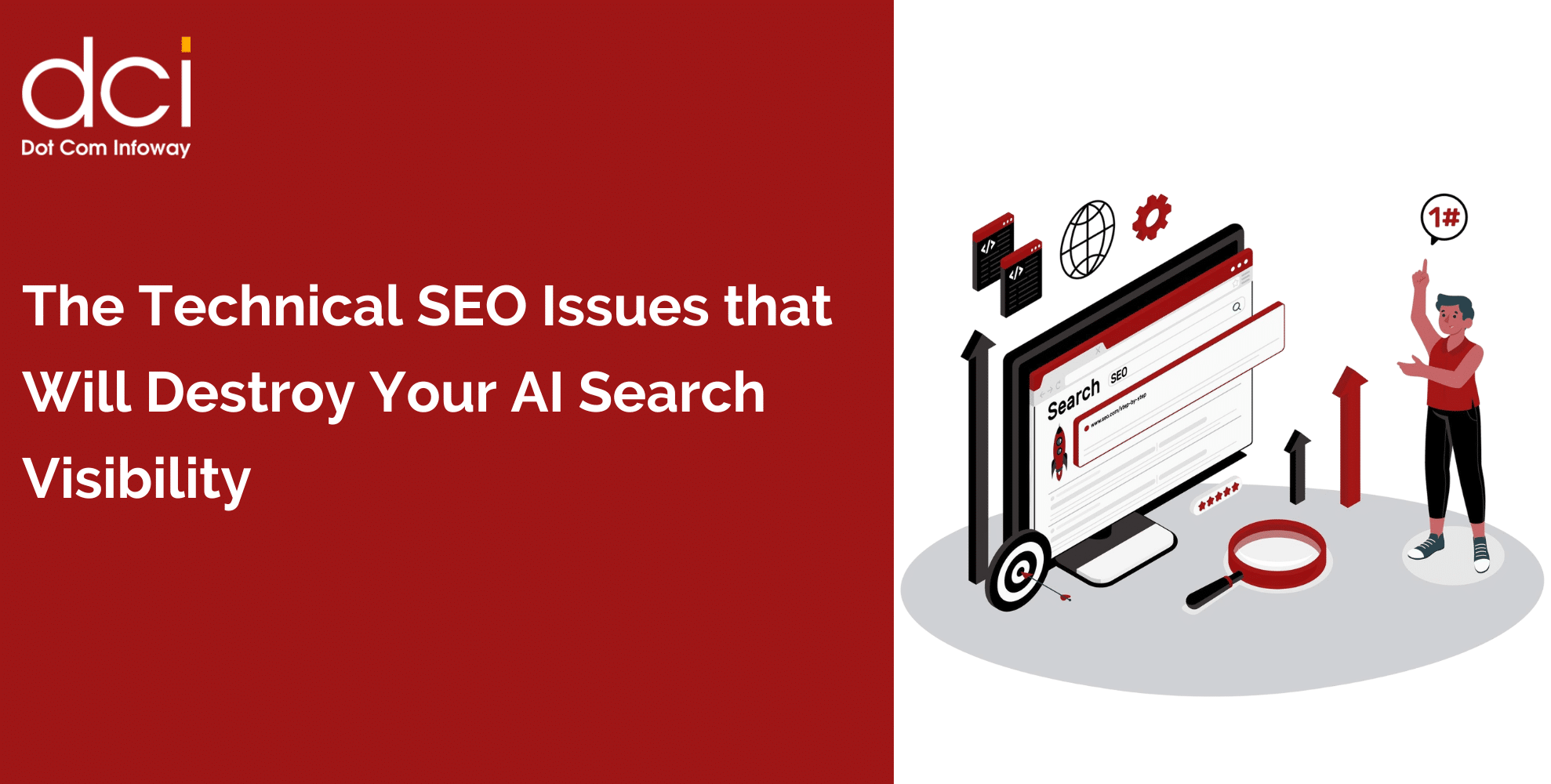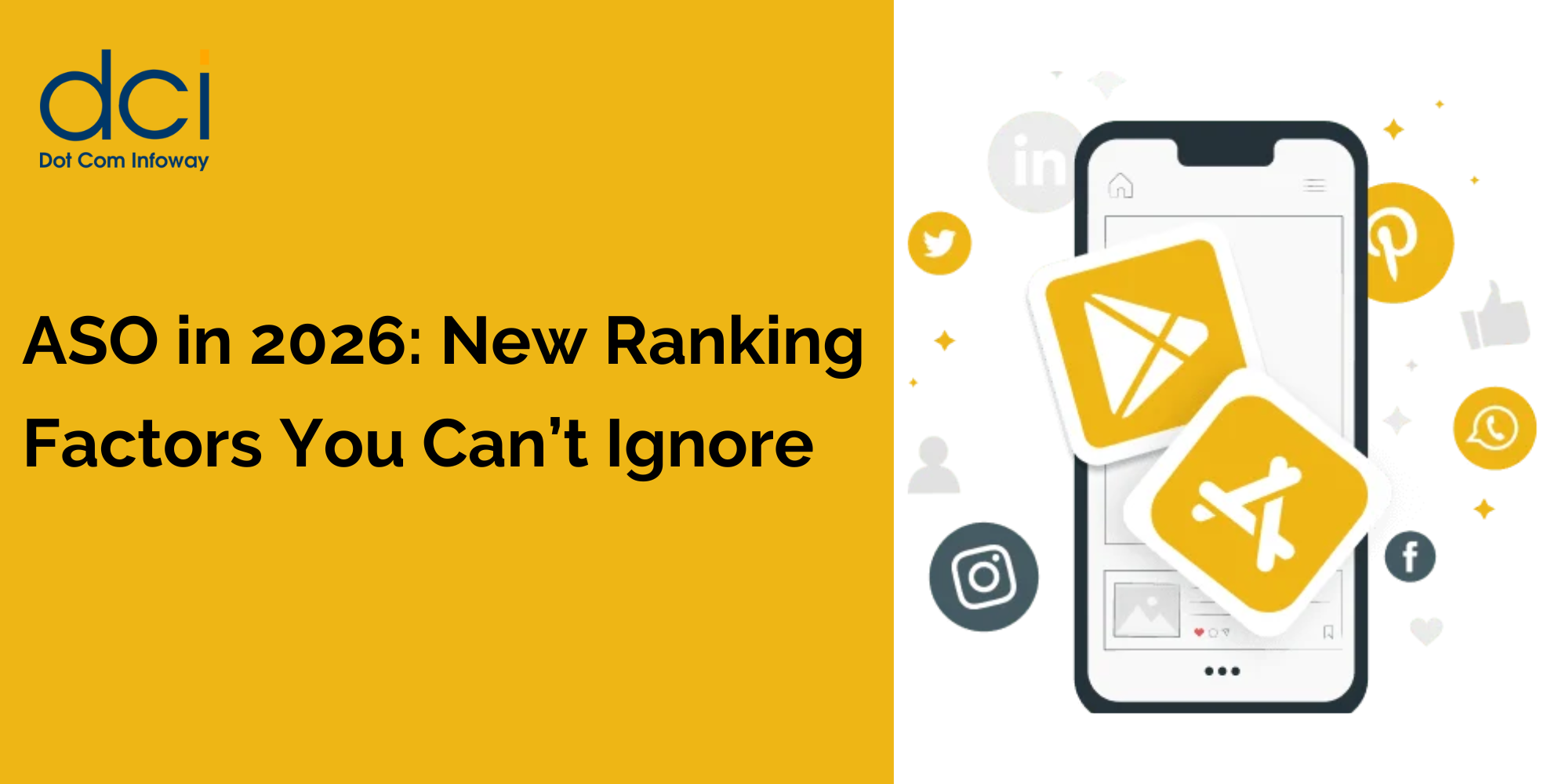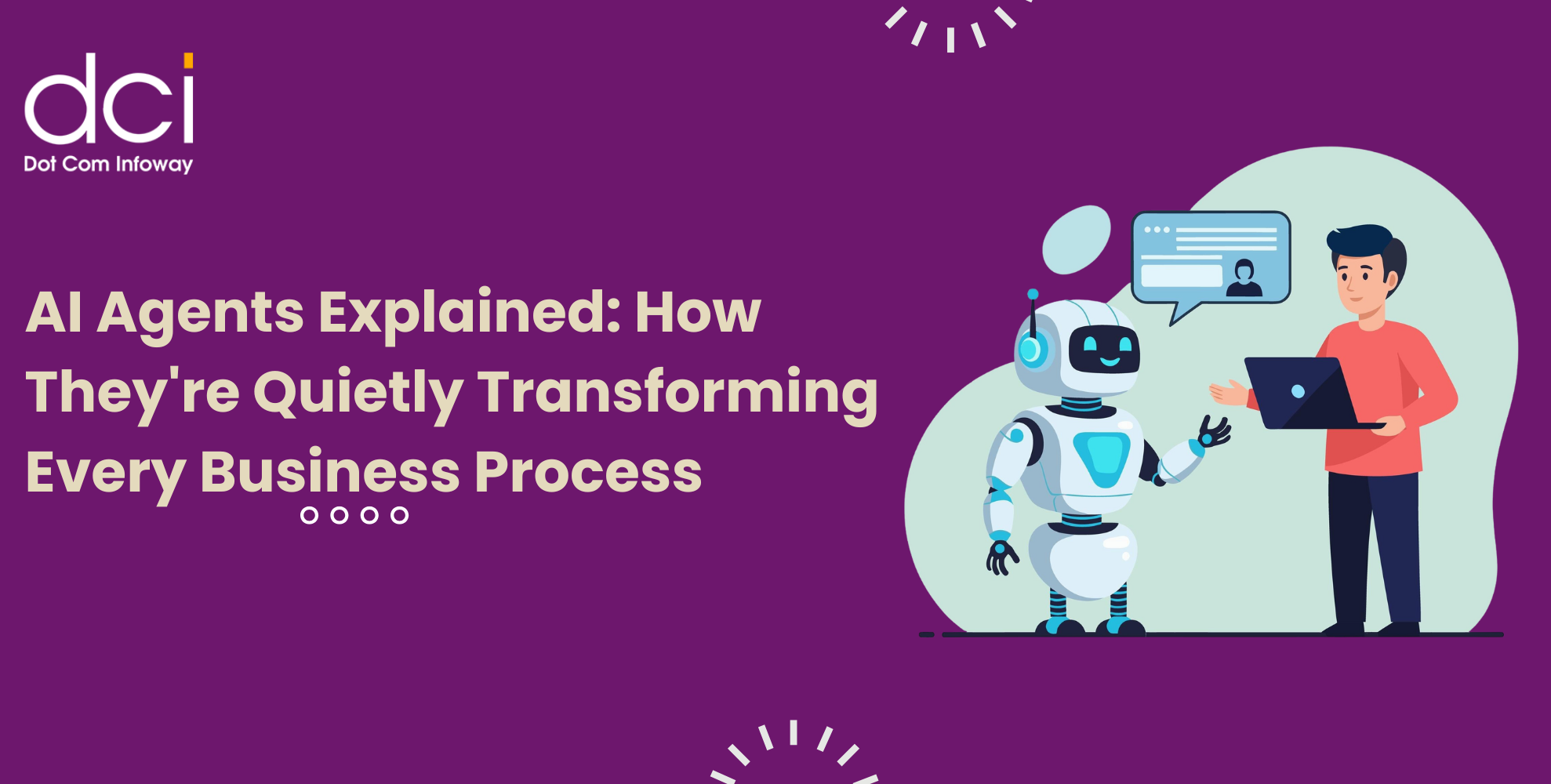Understanding the AEO Landscape: Why Traditional SEO Isn’t Enough
Answer Engine Optimization represents a fundamental shift from traffic-focused SEO to citation-focused content strategy. Unlike traditional search engines that display blue links, AI-powered search engines provide direct answers while citing sources they deem most authoritative and relevant.
“AEO is the practice of optimizing content to get cited by AI-powered search engines like ChatGPT, Google AI Overviews, Perplexity, and Bing Copilot. Unlike traditional SEO, which focuses on driving traffic through links and keywords, AEO prioritizes direct citations within AI-generated answers.”
The stakes are higher than ever. When AI engines cite your brand, you gain instant credibility and authority in your industry. When they don’t, your expertise becomes invisible to potential customers who increasingly rely on AI for research and decision-making.
Step 1: Conduct a Comprehensive AI Search Landscape Analysis
Your AEO Guide journey begins with understanding your competitive landscape across AI search platforms. This foundational research reveals which sources currently dominate AI citations in your industry and identifies content gaps you can exploit.
Start by defining your industry focus areas and core topics. Think beyond basic keywords: consider the full spectrum of questions your target audience asks AI assistants. From top-of-funnel educational queries to detailed product comparisons, map out the complete customer journey.
Research which sources dominate AI answers by running dozens of queries across different AI platforms. Use tools like ChatGPT, Perplexity, Google AI Overviews, and Bing Copilot to test variations of your target questions. You’ll often discover that niche publications or smaller competitors receive more AI citations than established industry leaders.
Document winning content formats that AI models prefer to cite. According to recent analysis, structured content formats like comparison tables, step-by-step guides, and expert Q&As generate significantly more AI citations than traditional blog posts.
Create a simple tracking spreadsheet with columns for:
- Query tested
- AI platform used
- Primary citations that appeared
- Content format observed
- Your current visibility status
This research phase typically takes 2-3 weeks but provides invaluable insights that will guide your entire AEO strategy.
Step 2: Establish Clear AEO Goals and Performance Metrics
Effective AEO SEO requires specific, measurable objectives that differ significantly from traditional SEO KPIs. Unlike organic traffic metrics, AEO success focuses on citation frequency, mention quality, and brand authority signals.
Set realistic timeline-based goals:
- Short-term (3-6 months): Earn 3-5 consistent citations for your primary topic areas and establish monitoring systems for tracking AI visibility across major platforms.
- Medium-term (6-12 months): Achieve regular mentions across 2-3 AI platforms while building thought leadership recognition in your niche expertise areas.
- Long-term (12+ months): Dominate specific expertise categories and expand to new AI platforms and related topic clusters.
Track essential AEO metrics including mention frequency across different AI platforms, citation context quality and positioning, expert recognition and professional credibility signals, and brand mention sentiment analysis.
“Success in AEO means becoming the authoritative source that AI engines consistently cite, regardless of whether users click to your website.”
Use specialized tools like Rankscale for AI search engine monitoring, Google Analytics 4 for tracking AI referral traffic, and brand monitoring platforms for comprehensive sentiment analysis across AI-generated responses.
Step 3: Structure Content for Maximum AI Interpretation
AI-driven SEO strategies require fundamentally different content approaches than traditional keyword optimization. AI models excel at understanding context, semantic relationships, and authoritative information patterns.
Answer questions directly and immediately. Instead of dancing around topics with keyword-stuffed introductions, lead with clear, concise answers that AI models can easily extract and cite. Frame your content around actual user questions rather than generic topic titles.
Implement semantic richness throughout your content. Use related terminology, synonyms, and contextual explanations around key concepts. Address common follow-up questions within your content to demonstrate comprehensive topic coverage that AI models recognize as authoritative.
Format for optimal machine readability:
- Use descriptive, question-based headings (H2s and H3s)
- Incorporate structured data elements like tables and bullet points
- Keep paragraphs concise and scannable
- Start major sections with clear summary statements
This structured approach helps AI engines identify and extract relevant information while understanding the context and relationships between different content elements.
Step 4: Build Multi-Layered Authority Signals
SEO for AI tools demands robust authority indicators that traditional SEO often overlooks. AI models evaluate source credibility through multiple trust signals before including citations in their responses.
Demonstrate first-hand expertise through original research, detailed case studies, and proprietary data that competitors cannot replicate. Share specific professional credentials, certifications, and industry experience that establish your legitimate expertise.
Cite credible sources extensively throughout your content. Link to authoritative research, industry reports, and recognized experts within your field. When AI models observe that you reference reliable sources, they develop greater confidence in citing your content.
“When AI models see that you cite reliable sources, they become more confident citing you in return.”
Earn external validation through industry awards, media mentions, speaking engagements, and professional recognition. These third-party authority signals reinforce your credibility in ways that AI models can independently verify and trust.
Build entity relationships by consistently mentioning and linking to other recognized authorities in your field. This creates semantic connections that AI models use to understand your position within industry knowledge networks.







![The Game Marketing Guide: Pre and Post-Launch Strategies [Infographic]](https://www.dotcominfoway.com/wp-content/uploads/2023/09/DCI-Game-Marketing-blog-1.jpg)
